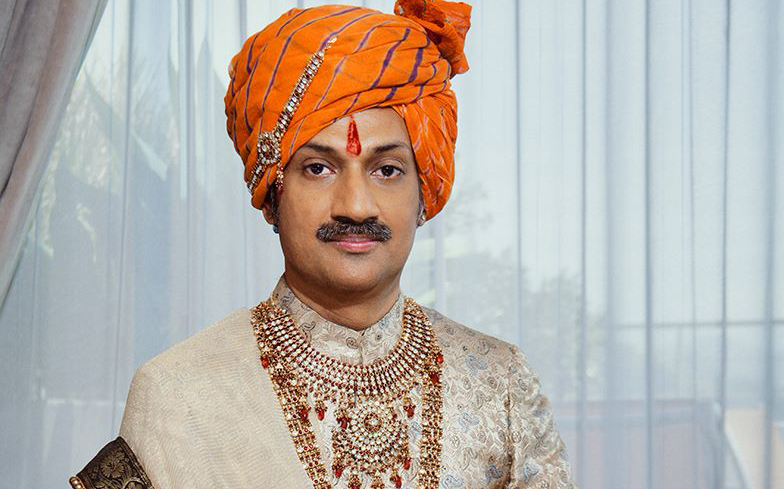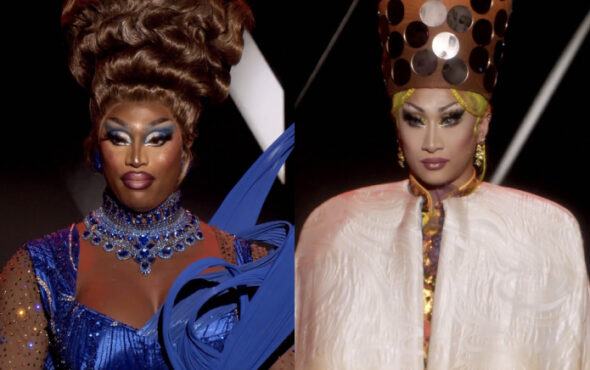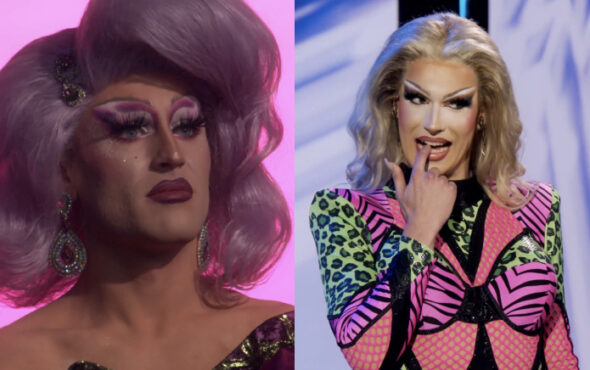
Royal prince Manvendra Singh Gohil is fighting for a more accepting future for the LGBTQ+ community in India.
Gohil made history after coming out as gay in 2006, aged 41, and received imminent backlash for his decision, largely due to country-wide cultural values and his position in society.
The prince, who is the 39th direct descendant of India’s Gohil Rajput dynasty, has since dedicated his time to supporting LGBTQ+ causes and education.
“The day I came out, my effigies were burnt. There were a lot of protests, people took to the streets and shouted slogans saying that I brought shame and humiliation to the royal family and to the culture of India,” Gohil said speaking to Insider. “There were death threats and demands that I be stripped off of my title.”
However, the prince does not directly blame anyone, but the “ignorance” surrounding the understanding of LGBTQ+ people and “subjects”.
Homosexuality has been deemed illegal in India, under the colonial-era law Section 377, up until 2018. The dated law could issue up to a lifetime in prison for sexual acts “against the order of nature.”
Gohil has faced an onslaught of homophobic attitudes and was rejected by his parents, Maharaja and Maharani of Rajpipla, as the public turned against him.
Despite this, the prince has pushed ahead with his efforts to support the minority queer community in India.
Gohil launched the community-led charity Lakshya Trust two decades ago. The organisation aims to educate on the topics of sexual tolerance, gender equity, HIV/AIDS and the LGBTQ+ community in the Gujarat state of India.
The prince has continued to support the community. In 2018, Gohil opened up his 15-acre palace grounds to become a centre for India’s LGBTQ community.
The 55-year-old’s adamant effort to reform attitudes towards the LGBTQ+ community stems from his own difficult past. Growing up, Gohil was subjected to the treacherous practice of ‘conversion therapy’.
‘Conversion therapy’ is a dehumanising practice used to change an individual’s sexual orientation or gender identity. ‘Conversion therapy’ also falls under the bracket of ‘cure therapy’ and ‘reparative therapy’.
So-called ‘conversion therapy’ techniques are harmful and can include various forms such as pseudo-psychological treatments, spiritual counselling and electronic shock ‘therapy’.
Four years before the prince was publicly out as gay, Gohil shared his truth with his family, which was rejected.
“They thought it was impossible that I could be gay because my cultural upbringing had been so rich. They had no idea that there’s no connection between someone’s sexuality and their upbringing,” Gohil told Insider.
His family’s dismissal of his identity and its clash with his upbringing, the prince claims, resulted in a search for a “cure” for being gay: “They approached doctors to operate on my brain to make me straight and subjected me to electroshock treatments.”
After the harmful practices of ‘conversion therapy’ were not successful, the prince told Insider that he was sent to religious leaders to “behave normally”.
Since then, Gohil has embraced his own identity and been outspoken about his sexuality and personal mission to “keep fighting” to support the Indian LGBTQ+ community.
“It’s important for people like me who have a certain reputation in society to continue the advocacy. We can’t just stop because the country repealed Section 377,” he explained.
“Now we have to fight for issues like same-sex marriage, right to inheritance, right to adoption. It’s a never-ending cycle. I have to keep fighting.”



